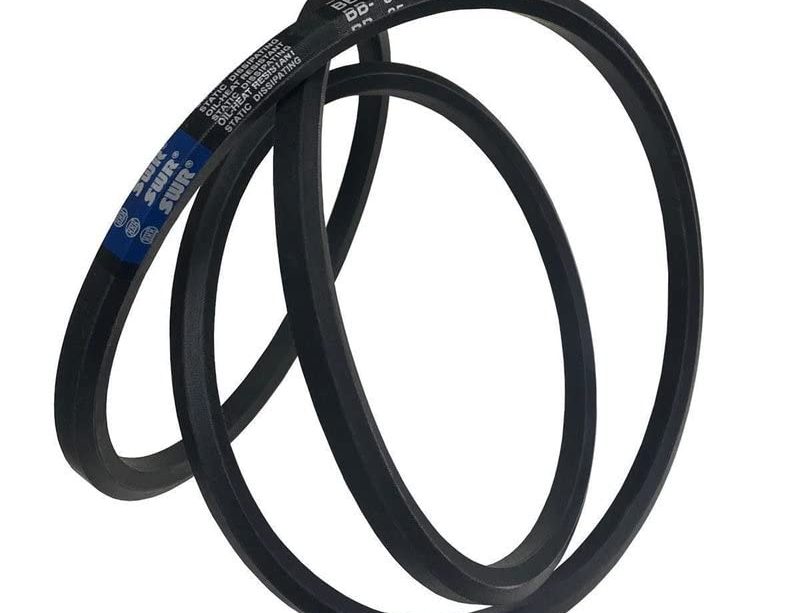The Significance of SWR in Modern Technology

Introduction to SWR
Standing for Standing Wave Ratio, SWR is a crucial concept in the realm of radio communications and engineering. It measures the efficiency of power transfer from a transmission line to a load. The relevance of SWR has surged in recent years due to the growing need for effective signal transmission in various applications, from mobile networks to satellite communications. Understanding SWR is vital for engineers and technicians alike, as it directly impacts the performance of communication systems.
Current Trends and Developments
Recent advancements in technology have highlighted the importance of managing SWR for enhancing signal quality. Engineers are integrating sophisticated monitoring solutions that allow for real-time assessment of SWR levels. According to the Institute of Electrical and Electronics Engineers (IEEE), a low SWR (ideally close to 1:1) indicates that most of the signal power is being transmitted effectively, thereby reducing losses due to reflections. This efficiency is particularly critical in 5G networks where high-frequency signals are used.
Moreover, research published in the Journal of Communications Technology has investigated the relationship between SWR and antenna design, revealing that optimised antenna configurations can significantly improve SWR values. This in turn leads to clearer communication and extends the operational range of devices.
Industry Applications
SWR measurements are not only relevant for telecommunications but also play a vital role in other industries such as broadcasting and amateur radio. The rise of Internet of Things (IoT) devices, which often rely on wireless communication, has further necessitated the importance of monitoring SWR for efficient data transmission. Furthermore, with the increasing demand for renewable energy technologies, SWR has become a critical factor in the performance of systems like solar energy inverters.
Conclusion and Future Outlook
The growing reliance on effective communication systems makes SWR a significant factor for professionals across various fields. As technology continues to advance, the methodologies for calculating and managing SWR are expected to evolve, with machine learning and AI playing potential roles in enhancing measurement accuracy and predictive maintenance. For both industry professionals and enthusiasts, keeping abreast of developments in SWR measurement technologies will be crucial for ensuring optimal performance in future communication networks.









